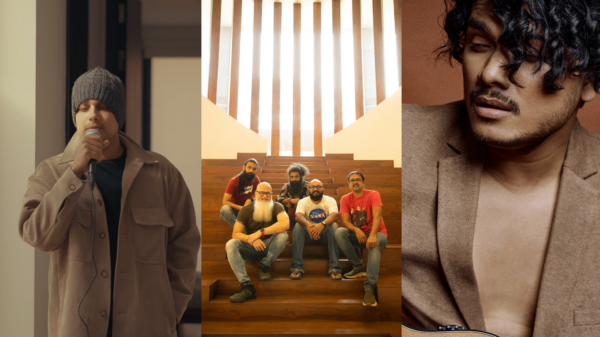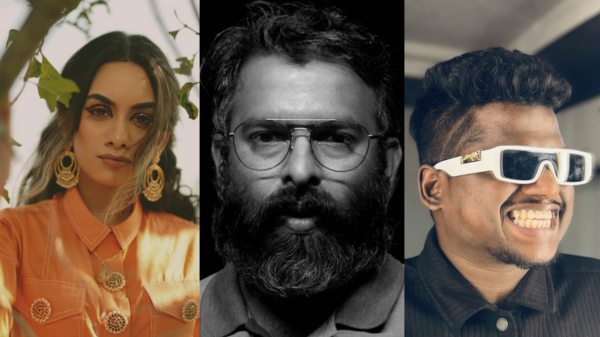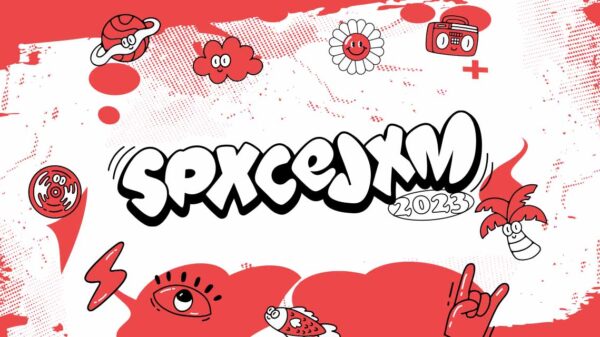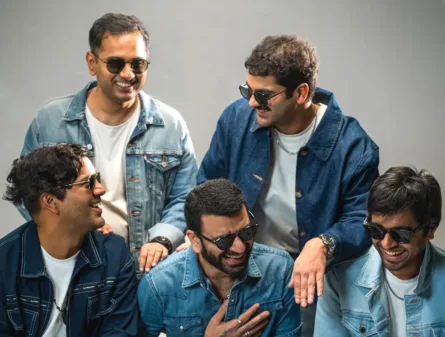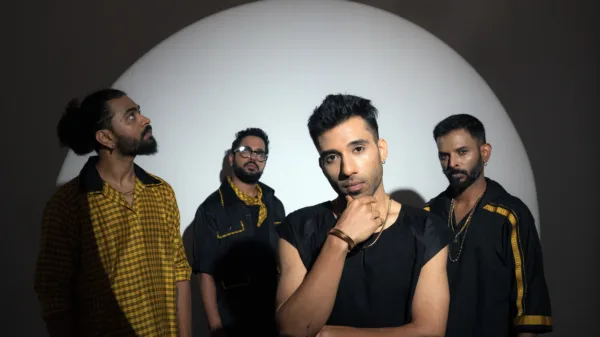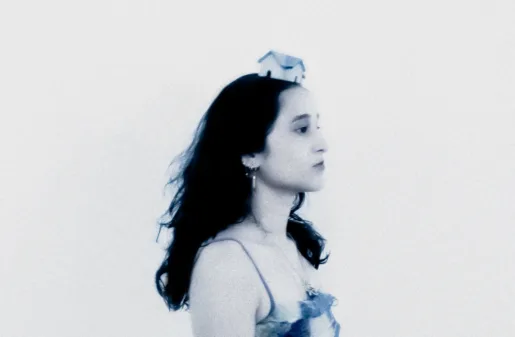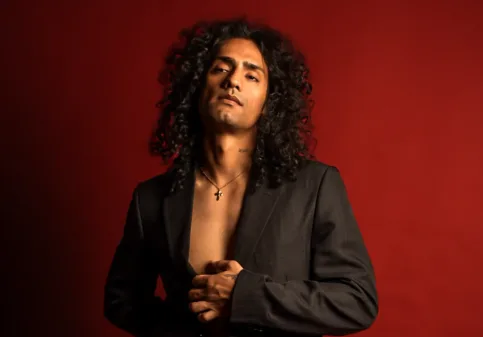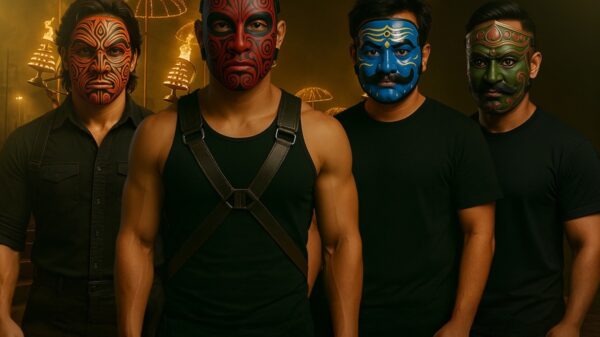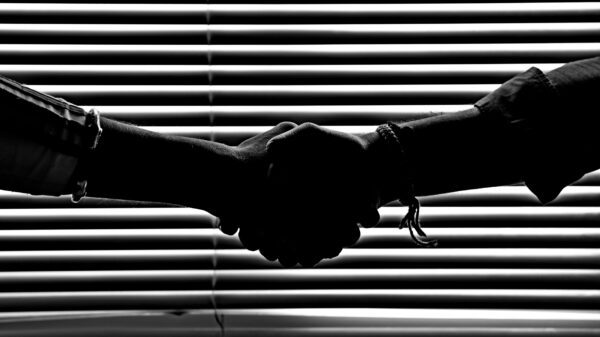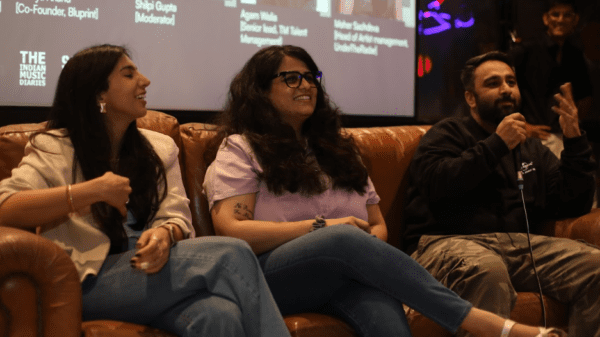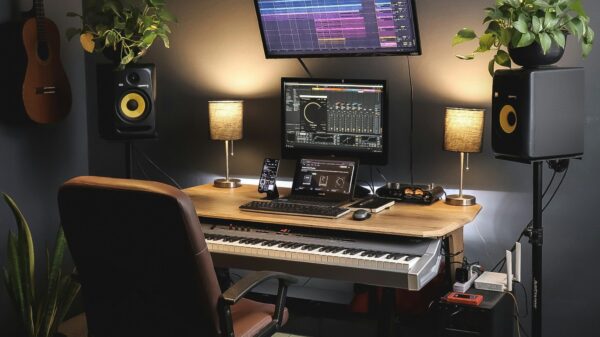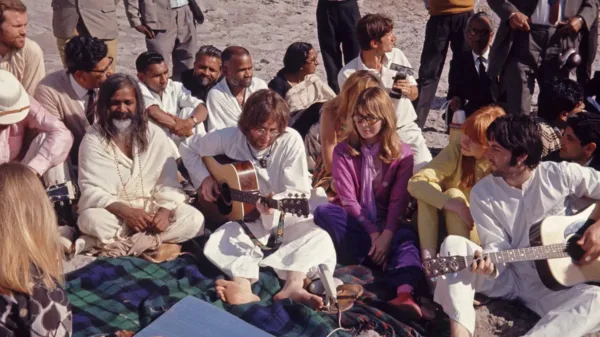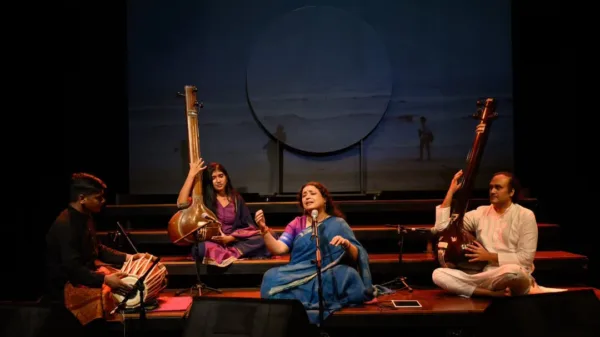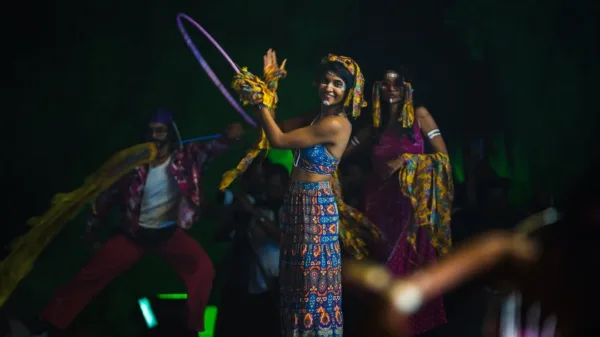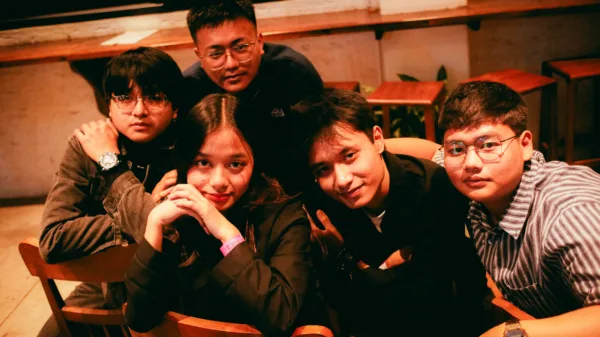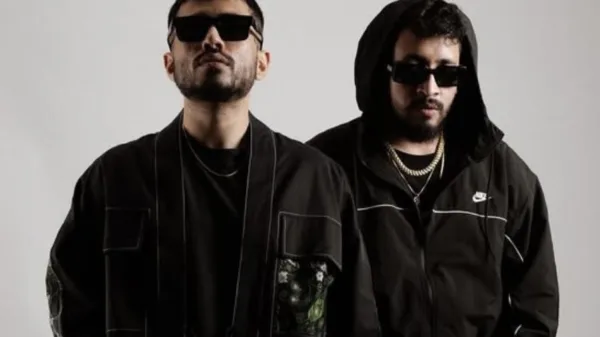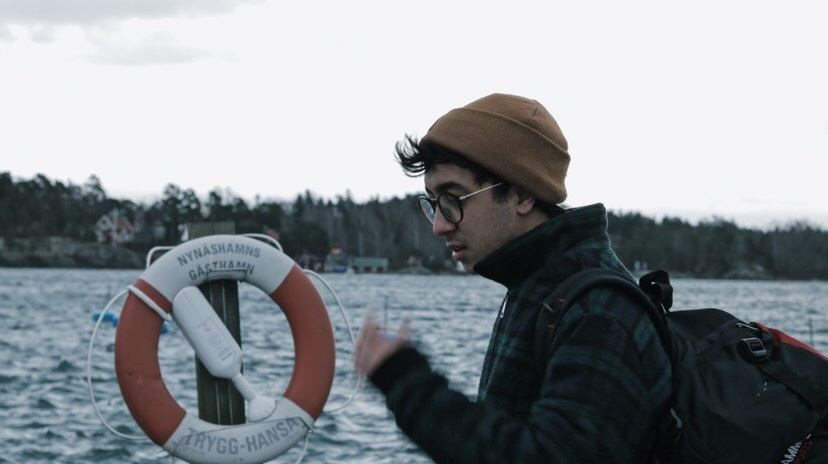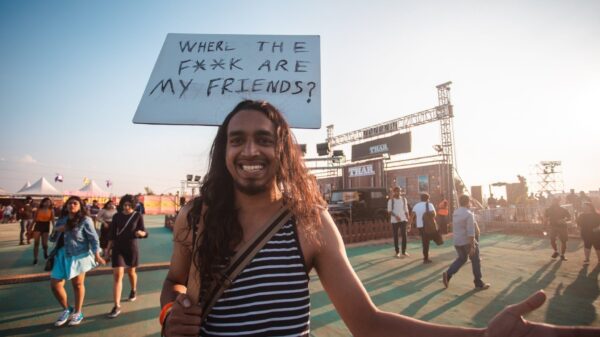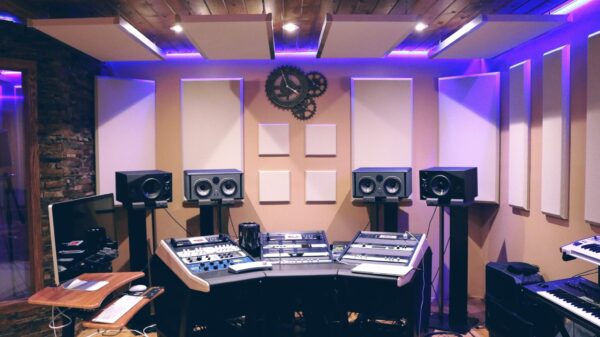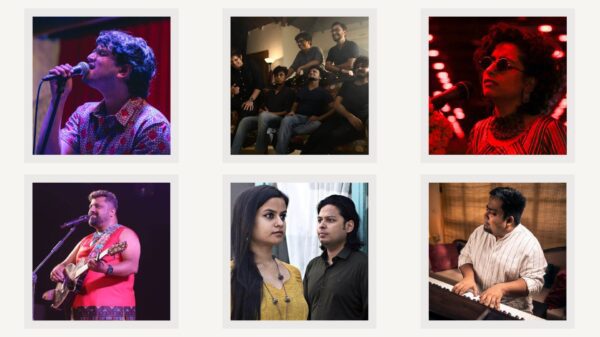Filmmaker Karan Kapoor and team capture the story of a queer couple in love through whimsical and dreamlike sequences for the R&B/pop ballad.
Last summer, when guitarist-producer Amar Sagar sat down to write his first Hindi single, it unfolded as a love song. Except, he wanted it to be a bit more than that. “I’d hear all these typical love songs and feel this is not how it works in real life. There isn’t a black and white image of what love is supposed to be,” he explains.
After Sagar got singer-songwriter Sanjeeta Bhattacharya on board for the vocals, the duo decided to channel his ideas through visuals. They conceptualised a music video exploring desire and attraction between two women. The video stars Bhattacharya and fellow artist Tanmaya Bhatnagar, and has gathered more than 70K YouTube views since its release in February. It depicts the couple stealing glances, flirting and sneaking in moments of intimacy while residing in a semi-urban Indian neighbourhood.
“I was looking for options to maximise the conflict (in the story). Then I thought since queer relationships are seen as a problem in India, you already have all those norms and invisible cages around you,” says Ashish Tripathi, who wrote the script for the video.
Director Karan Kapoor creates a surreal, dreamlike atmosphere with sequences shot in Delhi’s Chandni Chowk, Yamuna Ghat and Sheesh Mahal. He establishes a disassociation between the women and their environment by alternating focus on the two. Only rarely does the camera centre in on the characters and the setting at the same time. “It is a reality that people from this community feel and go through. There is something beautiful going on between the two people, but they have to hide it,” he says.
Bhattacharya, who suggested having a video for the single, believes the visual medium is important because it can change the perspective of a song entirely. “The track is a straight up love song but we wanted the video to be more inclusive. Queer relationships are a taboo in many parts of the country,” she says. “We wanted it to be very in your face…that this has happened in the past and is still happening today. Just not very openly,”

